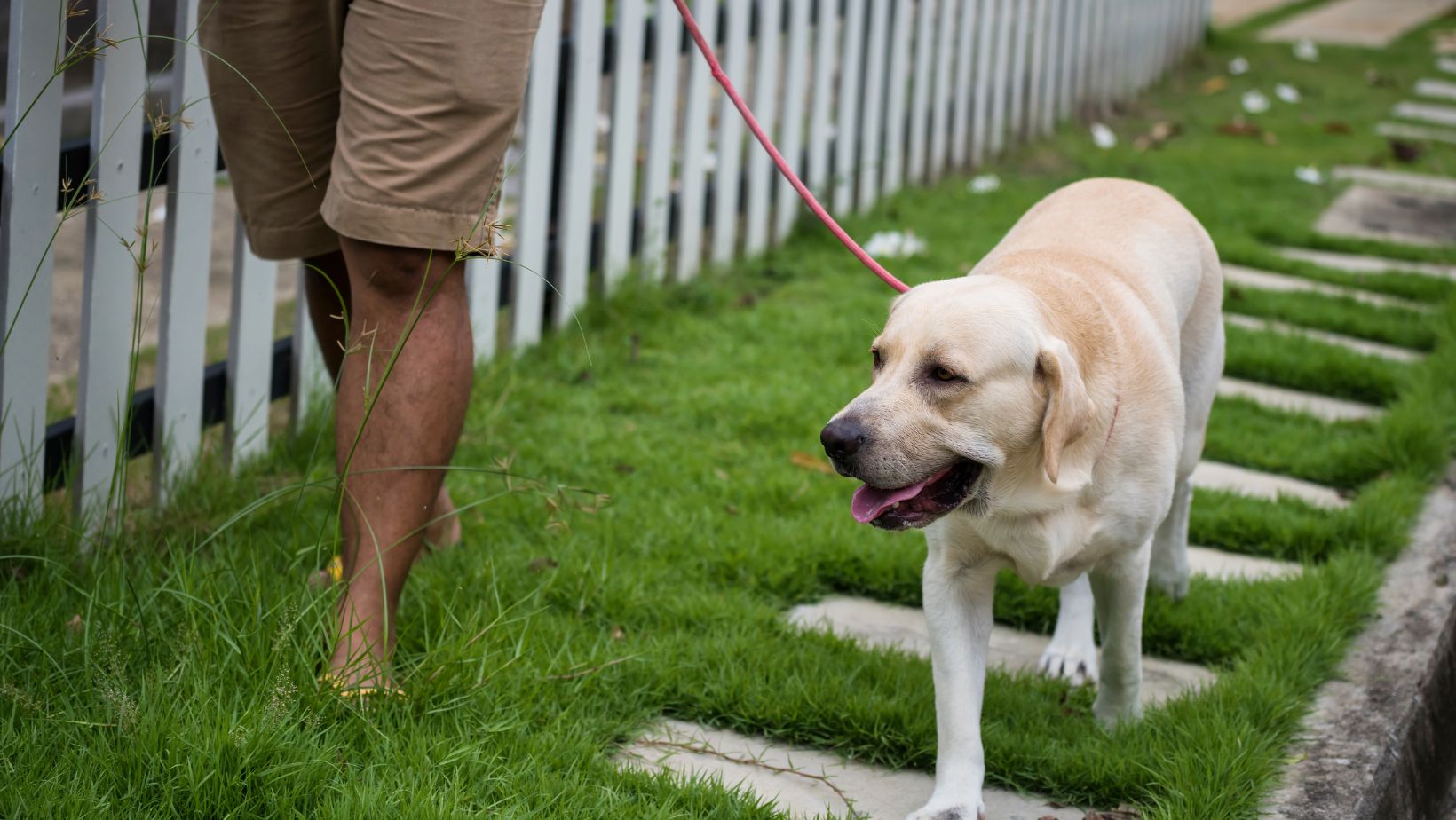Cheyletiellosis in Dogs
As a dog owner, one of the common concerns we may encounter is cheyletiellosis in our beloved Labrador. Cheyletiellosis, also known as walking dandruff, is a skin condition caused by tiny mites called Cheyletiella. These mites are highly contagious and can easily spread from one animal to another.
If you notice your Labrador scratching excessively or displaying signs of irritated skin, it’s essential to consider the possibility of cheyletiellosis. The characteristic symptom of this condition is the presence of visible dandruff-like particles that move across the fur. This movement gives rise to its peculiar name “walking dandruff.”
While cheyletiellosis can affect all breeds of dogs, Labradors are particularly prone to this condition due to their dense coat and active lifestyle. It’s crucial to address this issue promptly as untreated cases can lead to secondary infections and discomfort for your furry friend.
In the following article, I’ll delve deeper into the causes, symptoms, diagnosis, and treatment options for cheyletiellosis in Labradors. By understanding more about this condition, you’ll be better equipped to protect your Labrador from potential infestations and provide them with the care they need. So let’s get started!
Understanding Cheyletiellosis in Dogs
Cheyletiellosis, also known as walking dandruff, is a common skin condition that can affect our furry friends, including labradors. It is caused by the infestation of cheyletiella mites, tiny parasites that live on the surface of the dog’s skin. In this section, I’ll provide you with an overview of cheyletiellosis and its impact on dogs.
- Signs and Symptoms: Dogs with cheyletiellosis may exhibit various signs and symptoms. These can include excessive itching, redness, flaky skin resembling dandruff (hence the name “walking dandruff”), and hair loss in severe cases. Labradors are not immune to this condition and may develop similar symptoms.
- Transmission: The cheyletiella mites are highly contagious and easily spread from one dog to another through direct contact or sharing bedding or grooming tools. They can also survive in the environment for a short period, increasing the risk of transmission.
- Diagnosis: If you suspect your Labrador has cheyletiellosis, it’s important to consult a veterinarian for an accurate diagnosis. The vet will typically perform a thorough examination of your dog’s skin and coat and may use techniques such as microscopic examination or tape strip tests to identify the presence of mites.
- Treatment: Treatment options for cheyletiellosis primarily involve eliminating the mites from your dog’s skin and controlling their spread. Your veterinarian may recommend medicated shampoos or sprays specifically designed to kill these mites. In some cases, oral medications might be prescribed if the infestation is severe.
- Prevention: Prevention plays a crucial role in managing cheyletiellosis in dogs, especially if you have multiple pets at home or frequent areas where dogs interact. Regular grooming, including thorough brushing and bathing with appropriate shampoos, can help reduce the risk of infestation. Additionally, keeping your dog’s bedding and environment clean and treating any affected animals promptly can minimise the spread of mites.
Remember, if you suspect that your Labrador or any other dog has cheyletiellosis, it’s always best to consult a veterinarian for proper diagnosis and treatment. Early detection and intervention can help alleviate discomfort and prevent the spread of these pesky parasites among pets.
